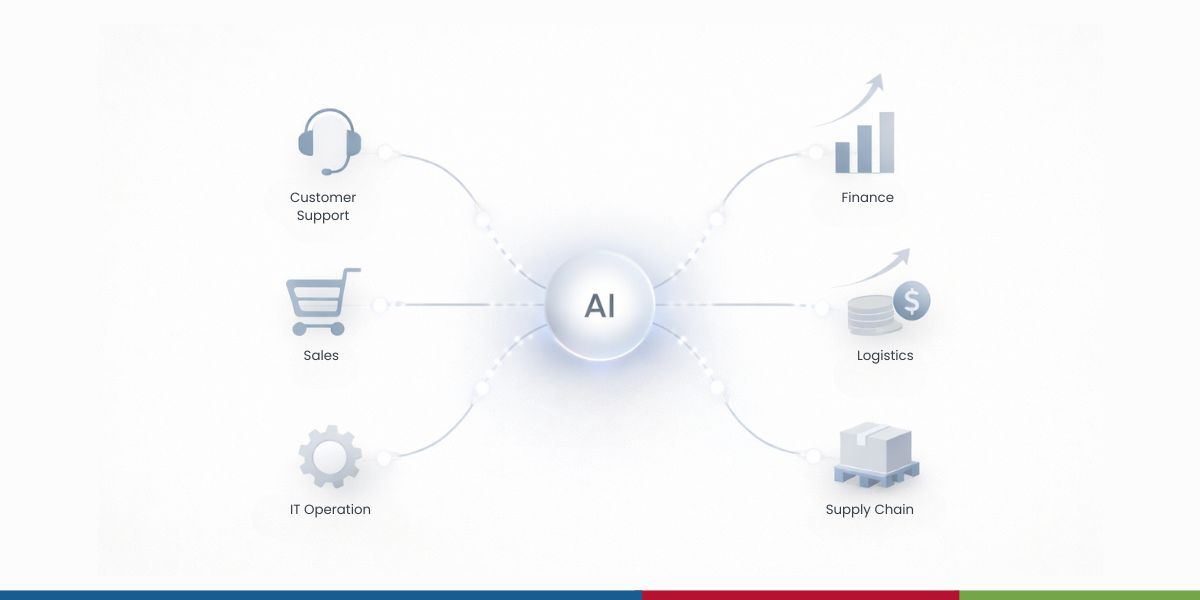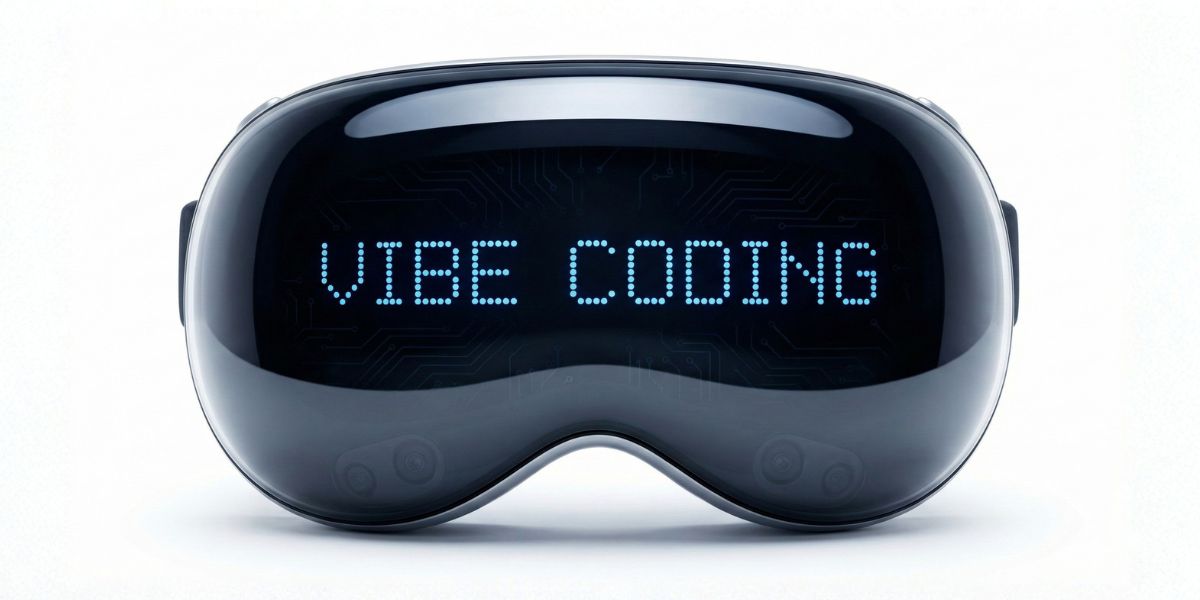How Can Generative AI Design Tools Help Professional Designers?

4 min read | By Postpublisher P | 26 March 2024 | Software Development
Being creative requires a lot of energy and effort. Yes, as a professional designer, you have to utilize your creativity on a daily basis. This involves working on different projects for multiple clients. But, you don’t need to solely rely on caffeine boosts or years of experience to get those creative juices flowing. That’s where generative AI design tools can be an invaluable asset.
The adoption of AI design generators is rapidly increasing in the design industry these days. As AI technology continues, the more you have the chance for new possibilities. In this blog, we will discuss how AI design generators can help you create better designs in less time. We will also discuss some best practices for using AI design generators to ensure that you get the best out of your designs.
Time and Cost Efficiency

Rapid Ideation and Iteration
Creating new designs often comes up with lots of different ideas before finding the most suitable one. With AI tools, you can make lots of designs quickly just by giving them a little input or prompt. This makes it easier for you to try out lots of different ideas quickly without getting stuck at the beginning of your design work. You can make AI-generated designs better and speed up your workflow too.
Automation of Repetitive Tasks
Automating routine tasks with AI design tools saves you time and effort. Instead of spending hours on tasks like creating designs and adjusting layouts, you can spend more time and energy exploring new design ideas. This allows you to focus on problem-solving and innovative design experiments. It also enables you to handle larger volumes of work without compromising quality.
Enhanced Creativity and Exploration

Breaking Through Creative Blocks
When you tell the AI what you’re working on, it gives you lots of different pictures, colors, and designs to check out. If you’re using an AI tool for logo design, you might input keywords like “modern” and “fashion brand.” Then, the AI might display different logo ideas. Some could be very simple with clear lines, while others might be more detailed and colorful. This helps you explore a wide range of options to choose from.
Diverse and Unexpected Concepts
Generative AI design tools are really good at generating unique UI elements, menu layouts, and iconography that break away from traditional expectations. You can also have suggestions on the color combinations, images, and typography. These diverse and unique ideas give you the opportunity to push the boundaries of design and help to create a more engaging user experience.
Collaboration and Workflow Integration

Feedback on Designs
Generative AI tools can help a lot when you’re designing things. They can give you suggestions and feedback as you work, making it easier for everyone to work together. These tools can analyze what you’ve done and suggest ways to make it better. This can speed up how quickly you make changes and make it easier for everyone to share their thoughts and work together.
Integration with Existing Tools
Many generative AI design tools are designed to integrate with popular design software and platforms you already use. This integration allows you to use AI capabilities right where you already work, without the need to switch between different tools. It also makes your design work smoother and faster. By using AI alongside the tools you already know, you can work better and come up with more creative ideas without changing how you usually do things.
Challenges and Considerations

Ethical and Bias Concerns
When using AI for design, it’s important to think about ethics concerns and potential biases. Sometimes, AI can make designs that aren’t fair because they are trained on biased data. This could make designs that support stereotypes or exclude certain groups. So, it’s your responsibility to watch out for these problems and make sure your designs are fair, inclusive, and ethical.
Human-AI Collaboration
It’s important to remember that generative AI tools are meant to be assistive, not a replacement. These tools can boost your creativity and make you work faster, but they shouldn’t replace your own experience and creativity completely. The real magic happens when you use both the AI’s abilities and your own creativity together to make really good designs.
Other Best Practices
Here are the best practices for using AI design generators to ensure you get the best out of your designs:
• When using AI design generators, give clear and detailed prompts that accurately convey your design requirements like style, color palette, layout preferences, and other specifications.
• The more specific your prompts, the better the AI can interpret your vision. There are several free ai tools for graphic design that can help you with this process.
• Don’t expect perfection from the initial AI-generated designs. Adjust the prompts based on the generated designs.
• Providing feedback to the AI until you arrive at a design that you expect. Many AI tools for graphic design are designed to facilitate this iterative process.
Conclusion:
Generative AI design tools can help you to be more creative and work better. They can do repetitive tasks for you, help you come up with new ideas, and even overcome moments when you feel stuck. But remember, it’s important to find the right balance between using Artificial Intelligence and your own creativity. Make sure your designs are still fair and reflect your uniqueness. So, experiment, explore, and use your inner design genius with the help of AI.
The latest from our editors
Join over 150,000+ subscribers who get our best digital insights, strategies and tips delivered straight to their inbox.


